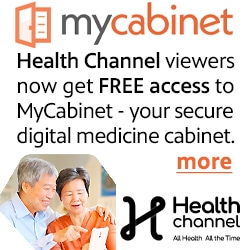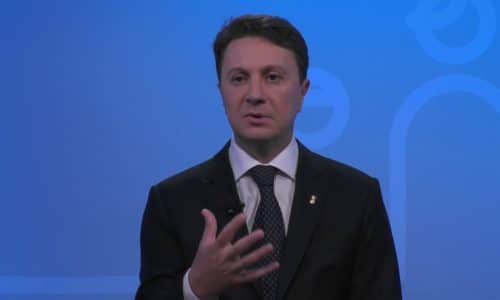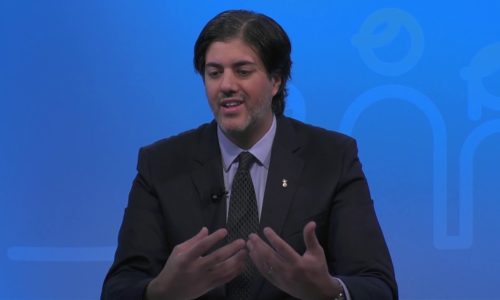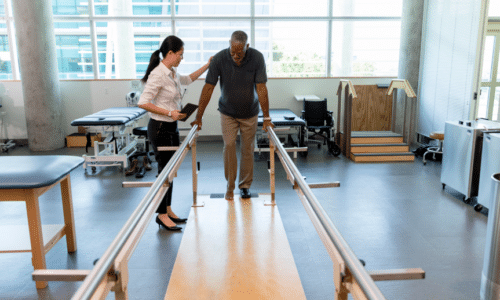Understanding AVMs and Hemorrhagic Strokes |
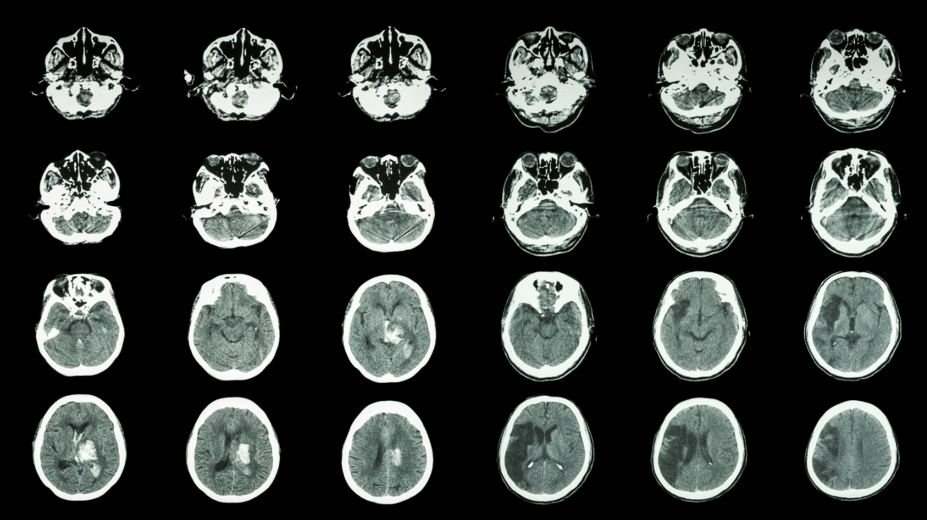
When it comes to strokes, there are two types – ischemic and hemorrhagic strokes. Ischemic strokes occur when an artery gets blocked, and the brain does not receive blood in that particular section, while hemorrhagic strokes happen when an artery bursts, and blood gushes into the brain.
In a recent discussion, it was noted that arteriovenous malformations (AVMs) are a type of vascular malformation that can cause hemorrhagic strokes. While the symptoms of both ischemic and hemorrhagic strokes may be similar, the effects depend on which side of the brain is affected. For instance, if it’s on the left side, a person may experience speech difficulties, while issues with the right side may cause other symptoms.
However, not all AVMs lead to strokes. AVMs lead to a stroke only when they burst, and this is what we want to avoid. When an AVM bursts, it’s like a time bomb, and the patient may not survive the rupture. This is why it is important to detect AVMs early and take appropriate action to treat them.
AVMs are rare, occurring at a rate of 1.2 to 1.5 per 100,000, and approximately half of them burst during a patient’s lifetime. There are features that can detect which AVMs are more likely to burst than others, but only a few are malignant in nature. Most AVMs are benign, and if discovered, they can be successfully treated with aggressive treatment.
AVMs are a severe medical condition that requires timely diagnosis and treatment to prevent hemorrhagic strokes. Treatment options may vary, depending on the size, location, and severity of the AVM, but with early detection, successful treatment outcomes are possible.
In conclusion, understanding AVMs and their effects on the brain can help you take preventive measures to avoid the possibility of hemorrhagic strokes. Regular checkups, medical consultations, and healthy lifestyle choices can help prevent and manage the condition.


